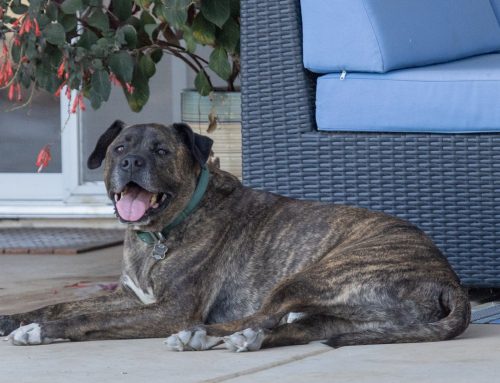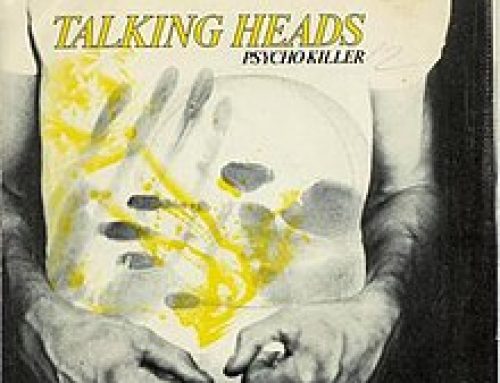Today’s mission is “how to determine if a potential teammate is a behavioral fit for the job or position.” Behavioral fit is one of the six criteria you should evaluate every job candidate or potential team member.
Each job lends itself to different behaviors. When looking for pilots, the military is looking for someone who can follow procedures and be precise while working in a team. If the pilot is going to fly fighters or attack aircraft, they need to also have controlled aggression and the will to dominate.
If hiring a logistics officer, precision and steadiness, are important.
Similarly, in the private sector, the characteristics that make a good programmer – the ability to work alone and be precise – are different than the characteristics needed for a project manager – work in a team, overcome obstacles and get along well with others – which are different than a salesman, who need the drive to win, get along well with others, adapt to dynamic circumstance and may need to be precise, depending on the product being sold.
Types of Assessments
There are many different ways of measuring behavioral styles, different tools and assessments, there’s DISC, Strength Finders, Kolbe, Myers Briggs just to name a few. The science behind all of these is valid. The real question is what information are you looking for and what information is provided?
Let me give you an example. The Myers Briggs Type Indicator measures people in 4 binary parameters. You are either an introvert or extravert, sensing or intuitive, thinking or feeling and finally judging or perceiving. This yields 16 different combinations or 16 different Myer Briggs types.
DISC on the other hand also measures 4 different parameters, Dominance, Influence, Steadiness and Compliance. However, where Myers Briggs only provides 2 values per parameter, DISC measures each parameter on a 100 scale, in increments of 5, producing 20 values per parameter. This will yield 160,000 different personality types.
There are 34 different Strength Finders values broken into 4 categories. Strength Finders looks at our raw and innate talents and finds our areas of strength so we can focus on working in the areas we have the most aptitude for.
Kolbe looks at how much energy someone brings to a task. In other words, it addresses the question of if the tasks energize you. Kolbe also looks at 4 parameters, each on a 10 point scale, yielding 10,000 different variations.
All of these are self-reporting, meaning the accuracy of the test is dependent on the candor of the person taking the test. There are ways to ensure accuracy and the testing company you choose has a huge impact on this.
Best Assessment for You
Which of these is the best? Well, that becomes a matter of personal choice. I know people that use each of these to great success and there are plenty of coaches that use combinations of these and more. Personally, I like the DISC assessment because I think it provides me with the most information. A certified professional behavioral analyst has been trained on the myriad ways of interpreting a DISC profile. You can get most, if not all, the same information available from the other assessments I mentioned and it helps you avoid making mistakes in hiring.
For example, you’re looking to hire a software developer who’s going to be working alone, by themselves most of the time. Yes, they’re part of a team but they’re going to develop modules on their own.
If you hire somebody who is what we call a high -I-, that is they have a high score in Influence. It means they like the experience of working with other people. They like the ability to influence other people, they tend to be more garrulous and social. You are going to find this person over at the water cooler sharing their weekends and experiences with other people.
If their job is to spend time in a cubbyhole for hours writing code, that’s not going to lend itself to this particular personality style.
Additionally, since their job is to be exact and meticulous, they should also have a high -C- score. Finally, how quickly does the scope of work change? If projects are fairly stable and the scope or requirements are stagnant, then someone with a high -S- score will work out. If, on the other hand, the job requires someone who can adapt quickly to change, because the market or customer changes their mind, then a low -S- score is desirable.
As you can see, every job favors its own specific behavioral style. This doesn’t mean that people can’t adapt to the required style. DISC measures how much we need to adapt as well. This is great for teams to see if you have people in the right jobs. The difference between our natural behavior and how much we adapt our behavior is a measure of the stress we feel in our job.
For example, my natural -C- score is a 36, I’m not strongly compliant, the words that describe my natural compliance behaviors are firm, independent & self-willed. However, my adapted -C- is a 66, which can be described as diplomatic, balanced judgment, open-minded & accurate. The way this manifest is that in low-stress situations I can be open-minded, diplomatic, see all sides and take the time to be precise but when under duress, let’s say there is a crisis, that goes out the window and I think for myself, that is stop following procedure, become a little headstrong and firm to get things done
Do it Yourself Assessment
Some of my clients chafe at the investment into assessments but when you look at the cost of a bad hire, it’s like getting insurance. An assessment alone is only a couple of hundred dollars. If you want to engage in job benchmarking it may be a couple of thousand. If you hire a $15/hour employee who only last 5 months, it will cost you over $13,000 in wages plus the additional loss in productivity while you deal with their shortcomings. You can always try testing for these traits on your own but they are nowhere near as accurate.
For example, I often ask people who are going to be in a position where they need to be well organized to “describe your car for me. What does it look like?” Sometimes I’ll get back “it’s immaculate. There’s nothing, not a thing on the floor. I have a little waist container in case I have to throw stuff out because I hate a messy car.” Other times I hear “well, I have kids and toys all over the place and crumbs from the eating snacks.” The former sounds more organized than the latter but that’s only 1 question. Assessments will ask questions about a particular trait multiple times in different ways that are disguised.
So, when you’re looking at filling a role, identify what the behaviors are that role will support. Then either, develop questions that reveal the behavior or use assessments to do it for you. In either case, make sure you hire somebody who naturally exhibits the behaviors you need.










